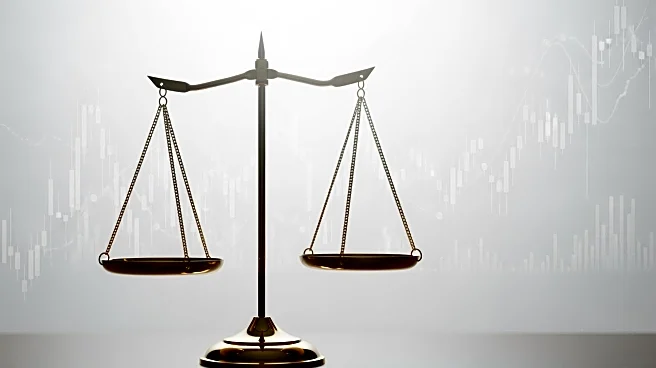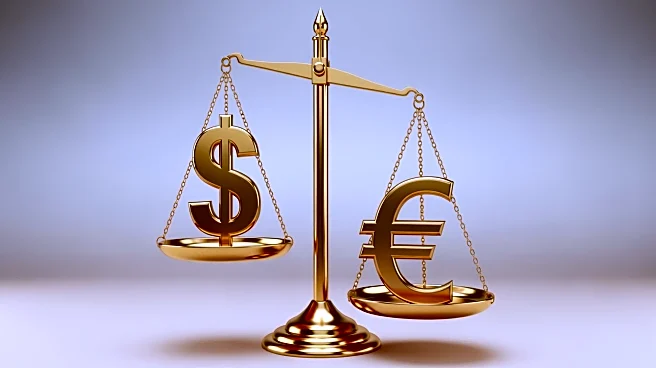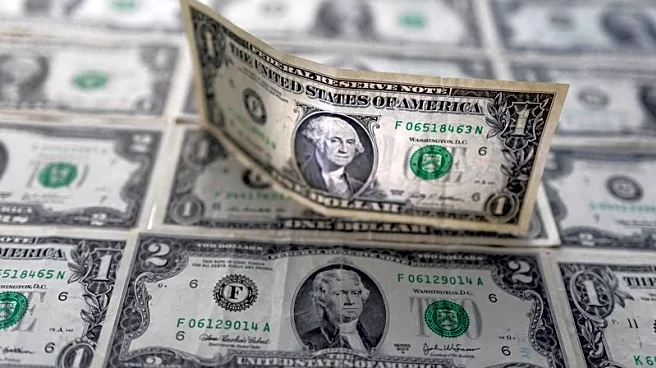What's Happening?
The Federal Reserve recently reduced interest rates by 25 basis points, a move that was anticipated by the market. However, Federal Reserve Chair Jerome Powell indicated that this might be the final rate cut
for the year, citing the need for a clearer economic picture before making further adjustments. The ongoing U.S. government shutdown has delayed key economic data releases, such as the U.S. non-farm payrolls, which are crucial for assessing the economy's health. This uncertainty has led to a mixed response from the market, with traders now pricing in a 70% chance of another rate cut in December, down from 94% a week earlier. Additionally, there is notable division among Federal Reserve policymakers regarding the future of monetary policy, with some advocating for more aggressive rate cuts.
Why It's Important?
The Federal Reserve's decision to cut interest rates and the subsequent uncertainty have significant implications for the U.S. economy. Lower interest rates typically aim to stimulate economic growth by making borrowing cheaper, which can boost consumer spending and investment. However, the division among policymakers and the lack of economic data due to the government shutdown create uncertainty in the market. This uncertainty can affect investor confidence and lead to volatility in financial markets. Furthermore, the potential for a housing recession, as warned by Treasury Secretary Scott Bessent, highlights the delicate balance the Federal Reserve must maintain to support economic growth without triggering negative consequences.
What's Next?
The Federal Reserve's next steps will likely depend on the availability of economic data and the resolution of the government shutdown. If the shutdown continues, it may further delay critical data releases, complicating the Federal Reserve's decision-making process. Market participants will closely watch upcoming economic indicators and Federal Reserve communications for clues about future monetary policy. Additionally, the division among policymakers suggests that internal debates will continue, potentially influencing future rate decisions. Stakeholders, including businesses and consumers, will need to navigate this uncertain environment, adjusting their strategies based on evolving economic conditions.












